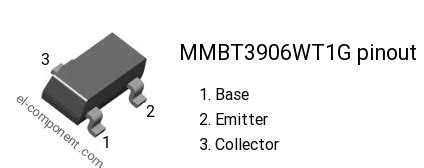
ALL ABOUT FLEX PCB
-
Replace Transistor – How to Make the Best Choice
Posted by
–
 Read more: Replace Transistor – How to Make the Best Choice
Read more: Replace Transistor – How to Make the Best ChoiceUnderstanding Transistor Basics Before diving into how to choose a replacement transistor, it’s important to have a basic understanding of what transistors are and how they work. What is a Transistor? A transistor is a semiconductor device that amplifies or switches electronic signals and power. It is composed of semiconductor […]
-
TFT Monitor: An Active Matrix LCD Monitor
Posted by
–
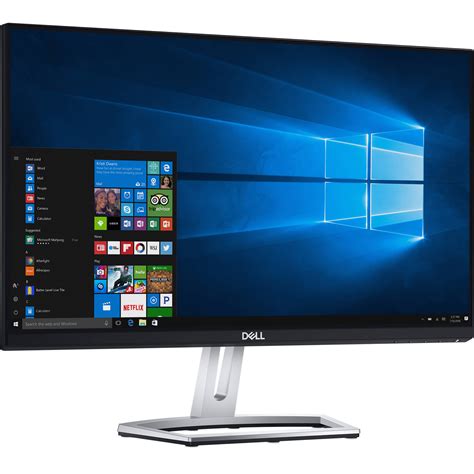 Read more: TFT Monitor: An Active Matrix LCD Monitor
Read more: TFT Monitor: An Active Matrix LCD MonitorWhat is a TFT Monitor? A TFT (Thin Film Transistor) monitor is a type of active matrix LCD (Liquid Crystal Display) monitor that offers superior image quality compared to older passive matrix LCD monitors. TFT monitors use a thin film of transistors to control the brightness of each pixel on […]
-
PCB Glue: Key Applications and Types
Posted by
–
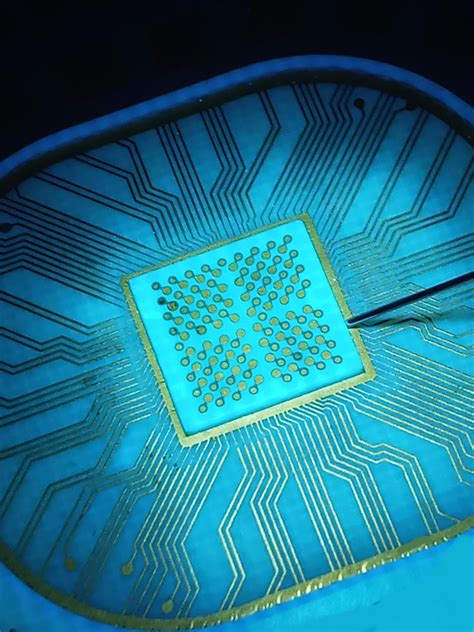 Read more: PCB Glue: Key Applications and Types
Read more: PCB Glue: Key Applications and TypesWhat is PCB Glue? PCB glue, also known as PCB adhesive, is a specialized type of adhesive used in the assembly and manufacturing of printed circuit boards (PCBs). These adhesives play a crucial role in ensuring the reliability, durability, and performance of electronic devices. PCB glue is designed to bond […]
-
 Read more: MIPI DSI: A High-Speed Serial Interface Between a Host Processor and Display Module
Read more: MIPI DSI: A High-Speed Serial Interface Between a Host Processor and Display ModuleIntroduction to Display Interfaces In the world of electronic devices, display interfaces play a crucial role in enabling communication between a host processor and a display module. These interfaces facilitate the transfer of video data, control signals, and power management information, ensuring that the display module can render images accurately […]
-
Rk3399: Everything You Need to Know About It
Posted by
–
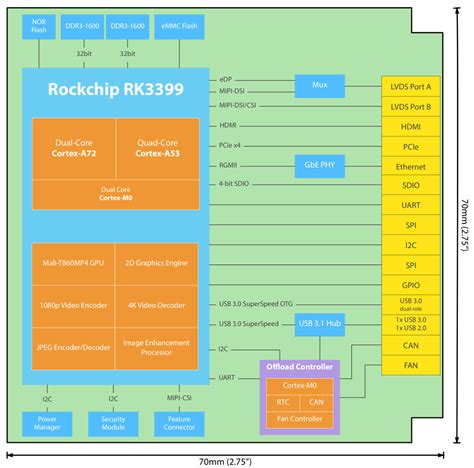 Read more: Rk3399: Everything You Need to Know About It
Read more: Rk3399: Everything You Need to Know About ItRk3399 Overview The Rockchip RK3399 is a powerful, versatile, and cost-effective system-on-chip (SoC) designed for a wide range of applications, including single-board computers, tablets, TV boxes, and embedded systems. This high-performance SoC, launched in 2016, has gained popularity among developers and enthusiasts due to its impressive specifications and open-source community […]
-
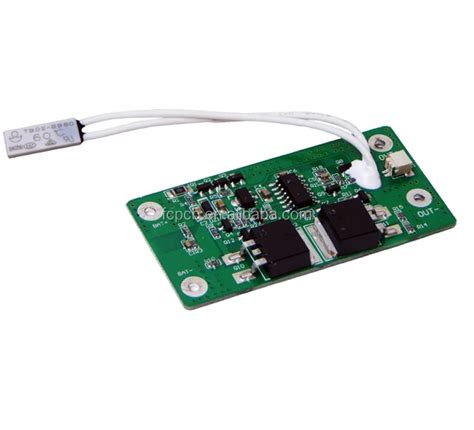 Read more: 7 Steps to Help You Learn How to design a Digital Thermometer PCB
Read more: 7 Steps to Help You Learn How to design a Digital Thermometer PCBIntroduction In today’s world, digital thermometers have become an essential tool in various industries, from healthcare to manufacturing. These devices provide accurate temperature readings and are easy to use, making them a popular choice for many applications. If you’re interested in learning how to design a digital thermometer PCB (Printed […]
-
Current Follower Circuit:Definition and Basics
Posted by
–
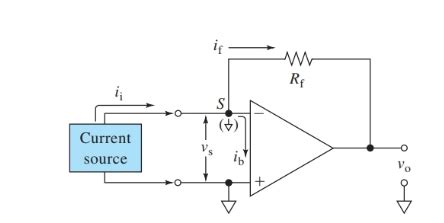 Read more: Current Follower Circuit:Definition and Basics
Read more: Current Follower Circuit:Definition and BasicsWhat is a Current Follower Circuit? A current follower circuit, also known as a current buffer or current mirror, is an electronic circuit that produces an output current that follows or mirrors the input current. The purpose of a current follower is to provide a high impedance input and a […]
-
An Introduction to Aluminum PCBs by RAYPCB
Posted by
–
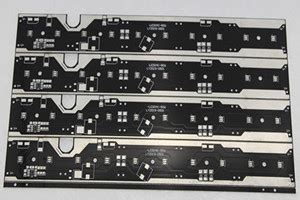 Read more: An Introduction to Aluminum PCBs by RAYPCB
Read more: An Introduction to Aluminum PCBs by RAYPCBWhat are Aluminum PCBs? Aluminum PCBs, also known as metal core PCBs (MCPCBs), are printed circuit boards that use aluminum as the base material instead of the traditional FR-4 substrate. The aluminum base provides excellent thermal conductivity, allowing for efficient heat dissipation from electronic components. This makes aluminum PCBs ideal […]
-
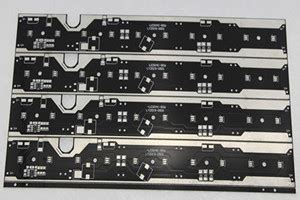 Read more: Aluminum PCBs: A Comprehensive Guide to Help You Understand
Read more: Aluminum PCBs: A Comprehensive Guide to Help You UnderstandIntroduction to Aluminum PCBs Aluminum PCBs, also known as metal core PCBs (MCPCBs), are a type of printed circuit board that utilizes an aluminum substrate instead of the traditional FR-4 material. These PCBs are gaining popularity in various industries due to their excellent thermal management properties, which allow for better […]
-
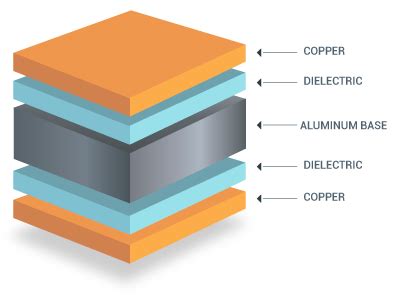 Read more: Why Use Metal Core PCB Instead of Standard PCB in LED Based Products
Read more: Why Use Metal Core PCB Instead of Standard PCB in LED Based ProductsIntroduction to Metal-Core PCB and Its Advantages in LED Applications Metal-Core PCB (MCPCB) is a specialized type of printed circuit board that has gained significant popularity in LED-based products due to its superior thermal management properties. Unlike standard PCBs, which are made entirely of FR-4 or other dielectric materials, MCPCBs […]




